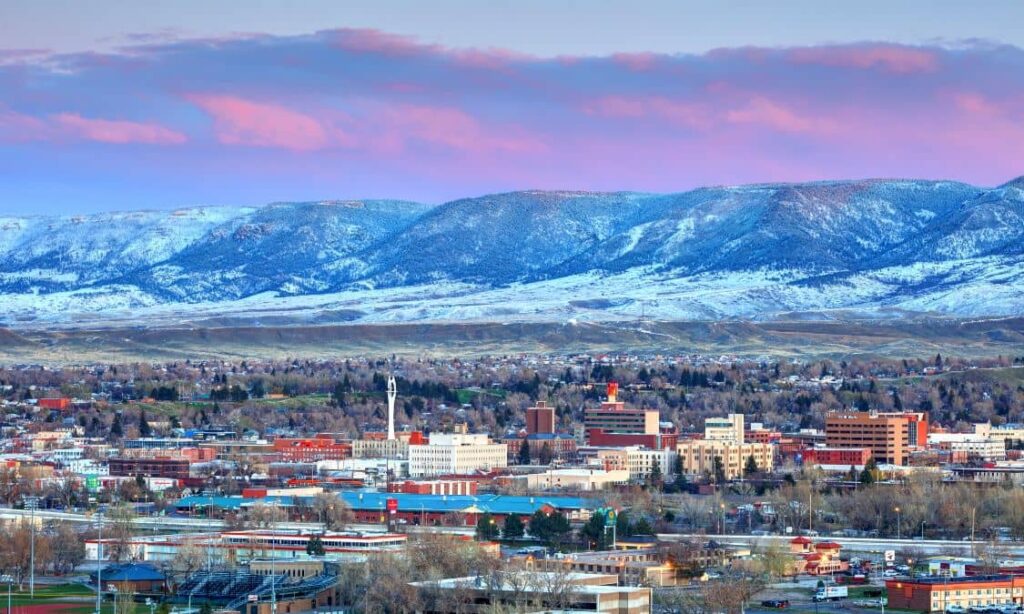
If you’re buying, developing, or refinancing commercial property, you might hear someone ask, “Do you have an ALTA Survey?” And if you’re like many property owners, you may be wondering—do I really need one?
The short answer: yes—if you want to avoid surprises later.
An ALTA Survey isn’t just a fancy map. It’s a detailed, standardized report that shows boundaries, easements, access rights, improvements, and more. It gives title companies, lenders, attorneys, and buyers a clear view of the property—something a basic boundary survey often can’t provide.
What Is an ALTA Survey?
An ALTA Survey (short for American Land Title Association Survey) is a detailed land survey that meets specific national standards. It combines property boundaries with legal details pulled from a title commitment, like easements, encroachments, and rights-of-way.
Who Needs It?
- Commercial property buyers
- Lenders and title insurers
- Developers starting new construction
- Anyone facing legal questions about land use or access
When an ALTA Survey Is Absolutely Necessary
There are times when skipping an ALTA Survey can cost you more than the survey itself. Here’s when it’s worth every dollar:
1. You’re Buying or Selling Commercial Property
Before money changes hands, the buyer and lender want to know exactly what’s being purchased. An ALTA Survey confirms boundaries and alerts them to potential issues—like a neighbor’s fence over the line or shared driveways.
2. You Need Title Insurance
Most title companies require an ALTA Survey before they’ll issue insurance for high-value or commercial properties. The survey verifies that what’s on the title matches the reality on the ground.
3. There Are Easements or Access Concerns
If a utility company or neighboring business has a right to use part of your land, you need to know where that land starts and stops. An ALTA Survey helps avoid boundary disputes or accidental violations.
4. You’re Planning Construction or Site Redevelopment
Whether you’re building from the ground up or expanding an existing structure, you need to know how your plans interact with property lines, zoning rules, and utility access.
Why ALTA Surveys Are Especially Important in Wyoming
Wyoming’s vast landscapes, mixed land-use history, and rural development trends present unique challenges. Many properties span large parcels, and older land records can be inconsistent or unclear.
If you’re buying or developing property in Cheyenne, Casper, Jackson Hole, or any rural part of Wyoming, an ALTA Survey helps reveal:
- Hidden or unrecorded easements
- Shared access routes or historic rights-of-way
- Incomplete boundary records
- Utility overlaps and zoning setbacks
An accurate ALTA Survey in Wyoming protects your investment by aligning legal documents with actual field conditions. It’s also often required for title insurance, commercial lending, and permitting.
If you’re working on a land deal in Wyoming, make sure you consult a local, licensed surveyor familiar with state regulations and regional property nuances.
Common Misconceptions About ALTA Surveys
“I already have a boundary survey—why do I need this too?”
A boundary survey shows where your property lines are. An ALTA Survey includes that—plus legal records, title info, and everything else lenders and insurers want to see.
“It’s just extra paperwork.”
It’s actually a legal safety net. It helps prevent lawsuits, delays, and permit problems.
“ALTA Surveys are only for huge projects.”
Not true. Even small commercial deals or vacant land sales often require ALTA Surveys—especially if there are existing easements or development plans.
Risks of Skipping an ALTA Survey
Without a proper ALTA Survey, you could be walking into:
- Boundary disputes with neighbors or nearby properties
- Surprise easements that limit how you can use the land
- Delays in permitting due to missing or inaccurate records
- Title insurance problems that block financing or closing
In short: what you don’t know can cost you—in time, money, and legal headaches.
What You Should Ask Before Ordering One
Before you commit to an ALTA Survey, consider:
- Is your lender or title company asking for it?
If yes, get it done early—it often takes 1–3 weeks. - Are there easements or shared access routes?
If you’re unsure, an ALTA Survey will find out. - Do you plan to build, expand, or develop the property?
If yes, the survey ensures your designs stay legal and compliant.
Cost vs. Value: Why It Pays to Invest in an ALTA Survey
ALTA Surveys are more expensive than basic surveys—typically ranging from $2,000 to $5,000+, depending on the property size and complexity.
But consider what you get:
- A comprehensive, lender-ready document
- Verified legal descriptions and access rights
- Protection against major risks
- Peace of mind for all parties involved
In the long run, this one-time cost can save thousands in delays, legal fees, or redesigns.
How to Order an ALTA Survey (And Get It Right the First Time)
Ordering an ALTA Survey isn’t hard—but it’s important to work with the right team.
✅ Step 1: Choose a Licensed Land Surveyor
Make sure the surveyor is familiar with ALTA/NSPS standards and has experience with commercial sites.
✅ Step 2: Provide a Current Title Commitment
This includes Schedule A and Schedule B-II—used to locate easements and other recorded exceptions.
✅ Step 3: Plan Ahead
Allow at least 1–3 weeks for delivery. The more complex the site, the more time you’ll need.
Frequently Asked Questions
What makes an ALTA Survey different from other surveys?
It includes boundary lines, legal records, easements, access points, and other details that lenders and title companies require.
How long does it take to complete?
Anywhere from 1 to 3 weeks depending on the size and complexity of the property.
Can I reuse a past ALTA Survey?
Only if nothing has changed and your title company agrees. Otherwise, an update or new survey is safer.
Who pays for the ALTA Survey?
Usually the buyer, but it’s negotiable in commercial deals.